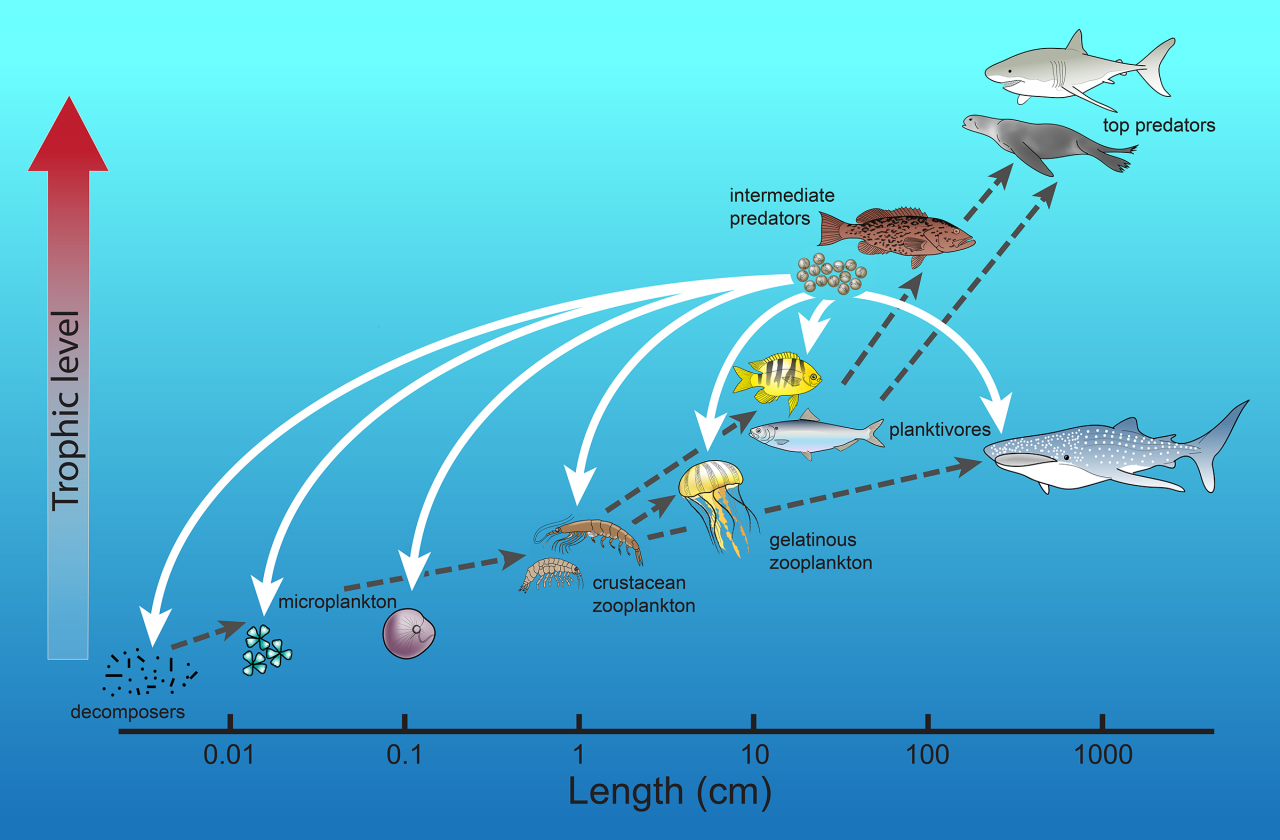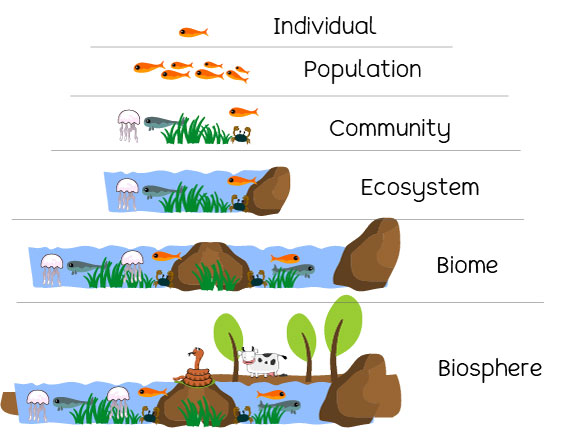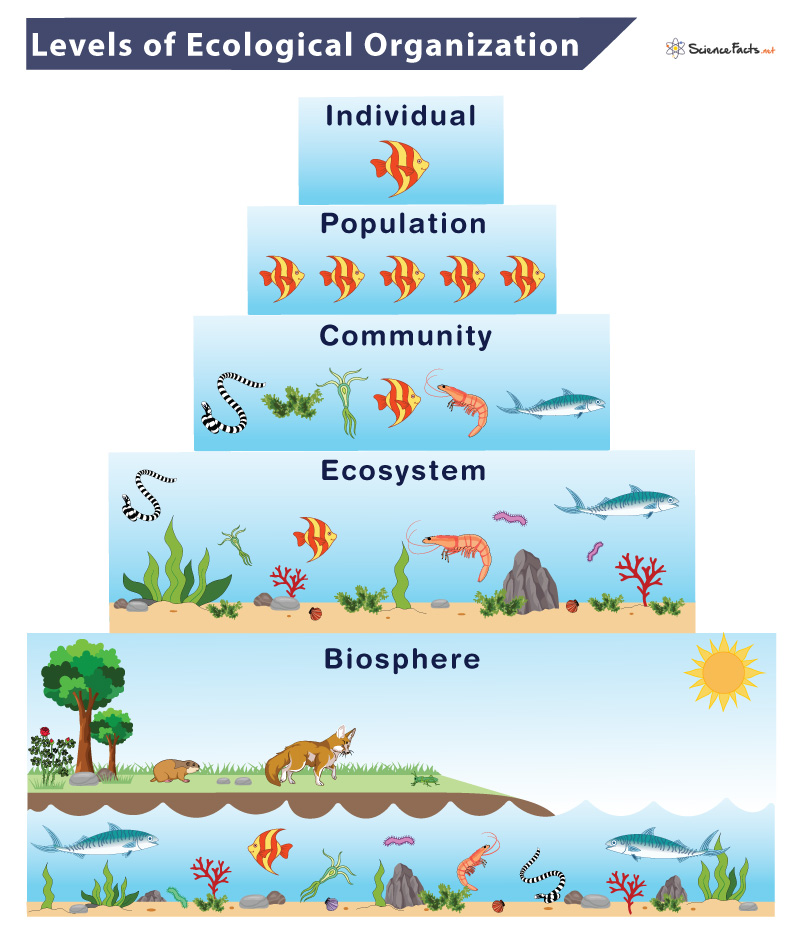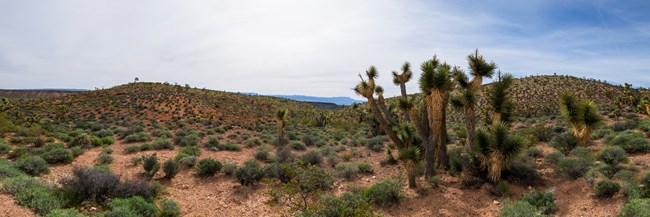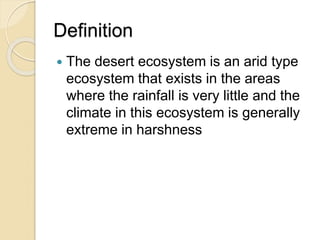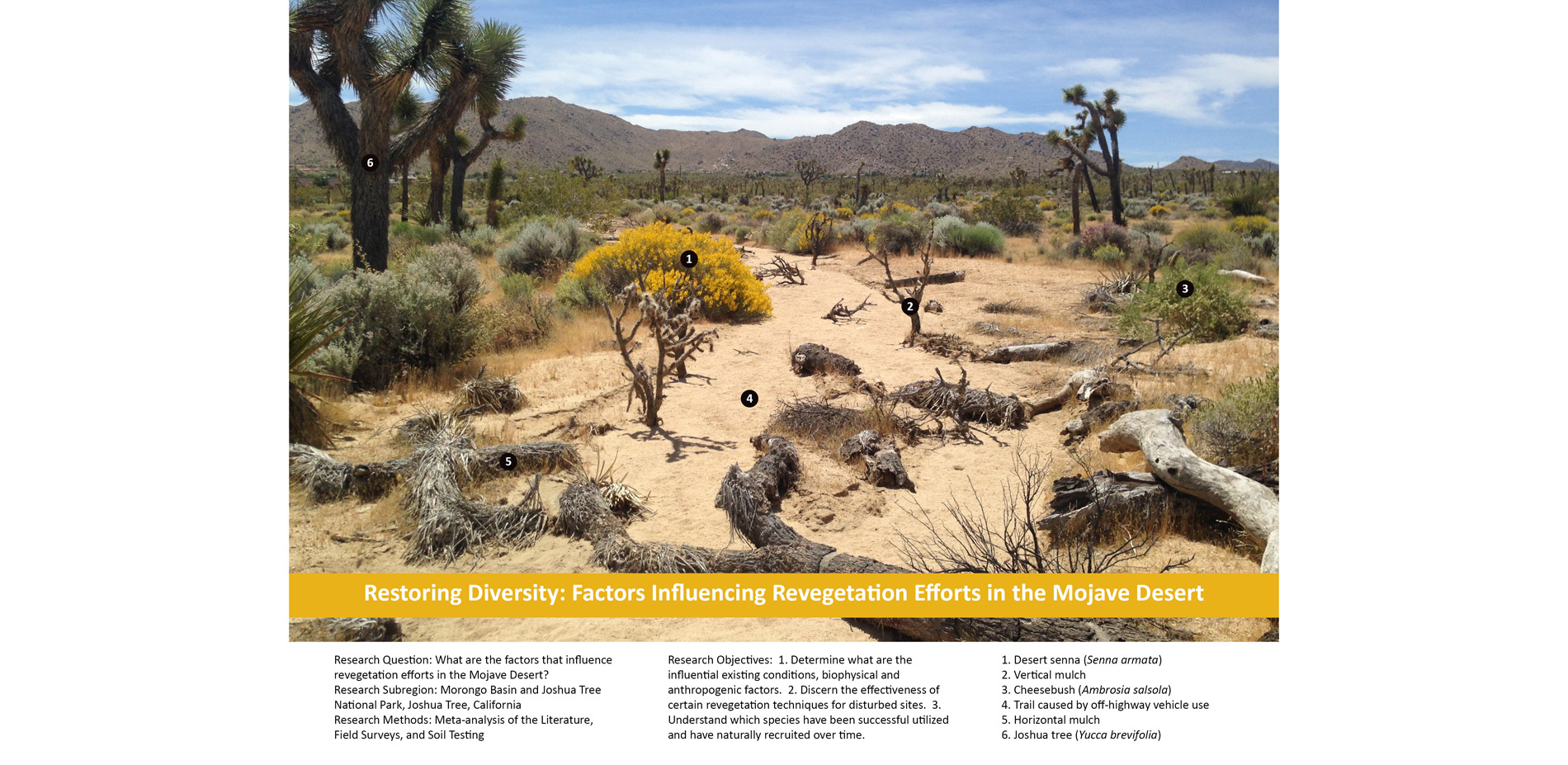Topic what is the marine ecosystem: Dive into the heart of our planet"s life support system, the marine ecosystem, a vast and vital realm teeming with biodiversity and essential for global health.
Table of Content
- What organisms are found in the marine ecosystem?
- Definition and Importance of Marine Ecosystems
- Types of Marine Ecosystems: Oceans, Coral Reefs, and Estuaries
- Key Components: Flora and Fauna
- The Role of Phytoplankton in Marine Food Webs
- Biodiversity within Marine Ecosystems
- Physical and Chemical Properties of Marine Ecosystems
- YOUTUBE: Marine Ecosystem Biology Animation
- Human Impact on Marine Ecosystems
- Conservation and Protection Efforts
- Challenges Facing Marine Ecosystems: Climate Change and Pollution
What organisms are found in the marine ecosystem?
In the marine ecosystem, there is a diverse range of organisms that inhabit different zones depending on their adaptations and environmental requirements. These organisms include:
- Phytoplankton - Microscopic plants that are the foundation of the marine food chain. They convert sunlight and nutrients into organic matter through photosynthesis.
- Zooplankton - Tiny animals that drift in the water and feed on phytoplankton. They serve as a crucial food source for many larger marine creatures.
- Fish - Numerous species of fish inhabit marine ecosystems, ranging from small schooling fish like sardines to large predatory fish like sharks and tuna.
- Marine Mammals - Whales, dolphins, seals, and sea lions are some examples of marine mammals that rely on the ocean for feeding, breeding, and survival.
- Marine Reptiles - Sea turtles, such as the Leatherback and Green turtle, live in marine ecosystems and play a vital role in maintaining the balance of marine life.
- Marine Birds - Penguins, albatrosses, and seagulls are among the many bird species that depend on the marine ecosystem for food and breeding grounds.
- Corals - These vibrant organisms create intricate reef structures and provide habitats for a vast array of marine life.
- Marine Invertebrates - Creatures such as jellyfish, octopuses, crabs, sponges, and anemones are part of the rich invertebrate life in marine ecosystems.
These are just a few examples of the many organisms that contribute to the marine ecosystem\'s biodiversity and ecological balance.
READ MORE:
Definition and Importance of Marine Ecosystems
Marine ecosystems are the lifeblood of our planet, encompassing all the living organisms and the physical environment in the ocean and its adjacent seas. These ecosystems are critical for the planet"s health, providing essential services that sustain life on Earth.
- Support a vast array of biodiversity, from the smallest plankton to the largest whales.
- Play a crucial role in the global carbon cycle, acting as major carbon sinks that help regulate the Earth"s climate.
- Are the source of a significant portion of the oxygen we breathe, produced by phytoplankton through photosynthesis.
- Support the livelihoods of millions of people worldwide, through fisheries, tourism, and other economic activities.
Understanding the intricate balance and the importance of marine ecosystems is essential for their conservation and the sustainability of our planet"s future.
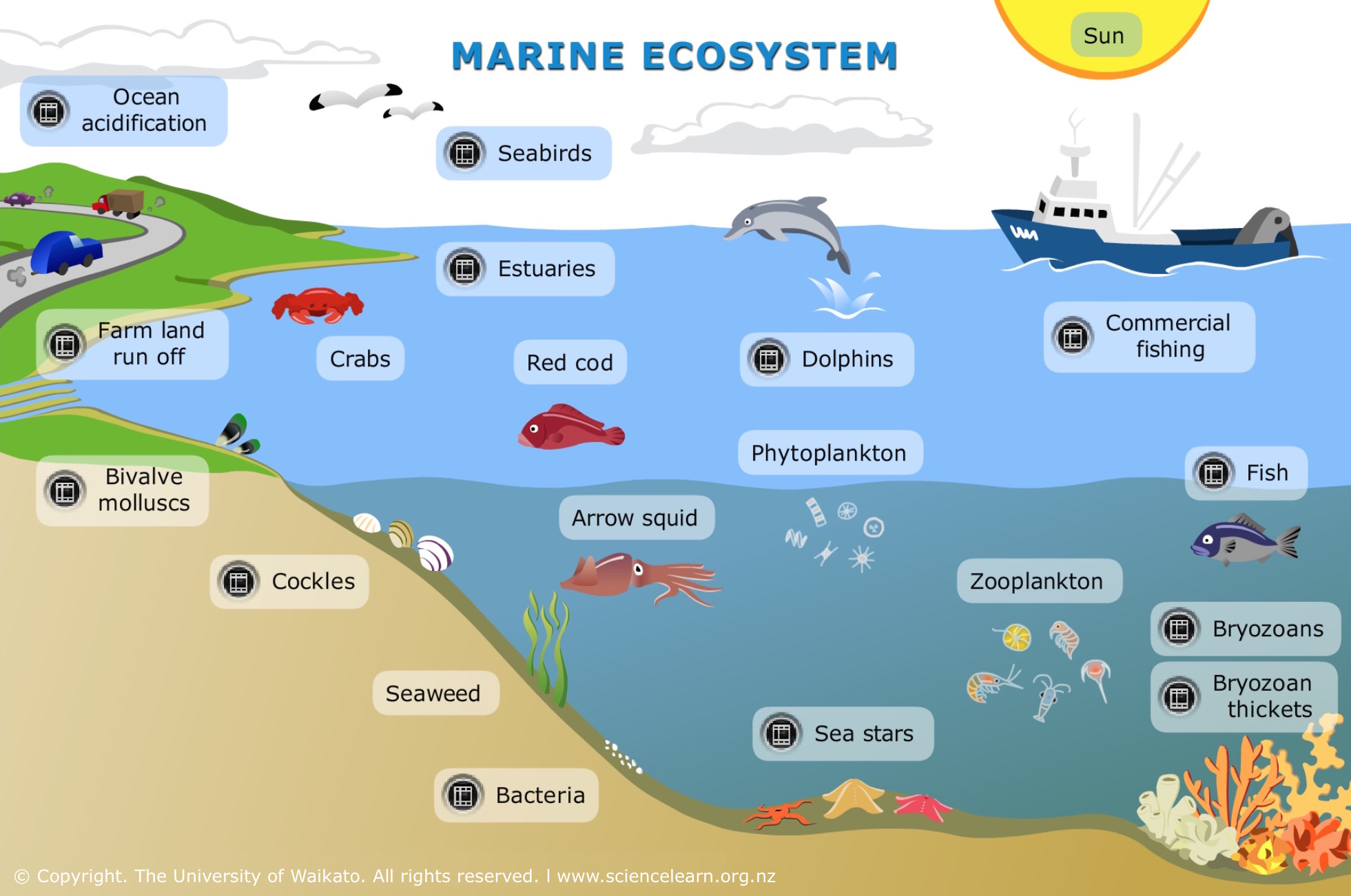
Types of Marine Ecosystems: Oceans, Coral Reefs, and Estuaries
Marine ecosystems are diverse, each playing a unique role in the health of the planet. They range from vast oceans to intricate coral reefs and nurturing estuaries, each supporting a rich variety of life.
- Oceans: Covering over 70% of the Earth"s surface, oceans are the largest marine ecosystems. They are home to countless species and are divided into different zones, each with its own ecosystem characteristics.
- Coral Reefs: Often referred to as the "rainforests of the sea," coral reefs are biodiversity hotspots. They provide habitat for approximately 25% of all marine species despite covering less than 1% of the ocean floor.
- Estuaries: Where freshwater rivers meet the sea, estuaries provide critical habitats for many species. These areas are nurseries for many marine creatures, offering protection and abundant food supply.
Each of these ecosystems plays a crucial role in maintaining the balance of marine life, offering unique challenges and opportunities for conservation efforts.
Key Components: Flora and Fauna
The marine ecosystem is a complex network of flora (plants) and fauna (animals) that interact with each other and their physical environment. These components are crucial for the ecosystem"s health and sustainability.
- Marine Flora: Includes a wide range of photosynthetic organisms like phytoplankton, seaweeds (such as kelp), and mangroves. These plants are the primary producers, forming the base of the marine food web and producing oxygen through photosynthesis.
- Marine Fauna: Encompasses a diverse array of animals, from microscopic zooplankton to the largest marine mammals like whales. This includes fish, crustaceans, mollusks, corals, and sea birds, each adapted to their specific marine environment.
Together, the flora and fauna of the marine ecosystem create a delicate balance, supporting a vast web of life that is essential for the health of our planet.
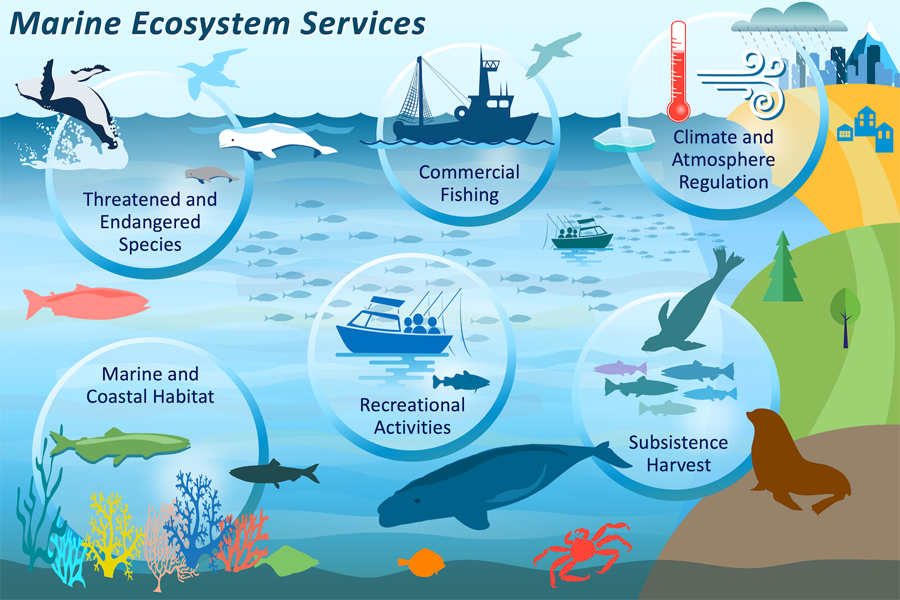
The Role of Phytoplankton in Marine Food Webs
Phytoplankton, microscopic plants that dwell in the sunlit layers of the ocean, are foundational to marine food webs. They play a crucial role in the oceanic ecosystem, akin to the importance of terrestrial plants in forests and grasslands.
- Primary Producers: Phytoplankton are the primary source of food in the ocean, converting sunlight into energy through photosynthesis, which supports a vast array of marine life.
- Oxygen Production: They contribute significantly to the world"s oxygen supply, producing approximately 50% of the oxygen we breathe.
- Carbon Sequestration: By absorbing carbon dioxide for photosynthesis, phytoplankton help mitigate climate change, acting as significant carbon sinks.
- Base of the Food Web: They are the initial step in the marine food web, being consumed by zooplankton, which in turn are eaten by larger marine animals like fish, whales, and ultimately, humans.
The health and abundance of phytoplankton are vital for marine ecosystems, influencing the overall productivity and biodiversity of the ocean.
Biodiversity within Marine Ecosystems
Marine ecosystems are among the most biodiverse environments on Earth, harboring a vast array of species, each playing a vital role in maintaining ecological balance.
- Variety of Habitats: From the deep-sea vents to coastal mangroves, marine ecosystems offer a multitude of habitats that support diverse life forms.
- Species Richness: These ecosystems are home to myriad species, including thousands of fish species, marine mammals, corals, mollusks, seaweeds, and countless microscopic organisms.
- Ecological Interactions: The complex interactions among these species, such as predation, symbiosis, and competition, contribute to the dynamic nature of marine ecosystems.
- Endemism: Unique species that are found nowhere else on Earth, highlighting the importance of marine ecosystems for global biodiversity.
The biodiversity within marine ecosystems is crucial for the resilience and productivity of these environments, providing essential services for human wellbeing, including food, medicines, and climate regulation.
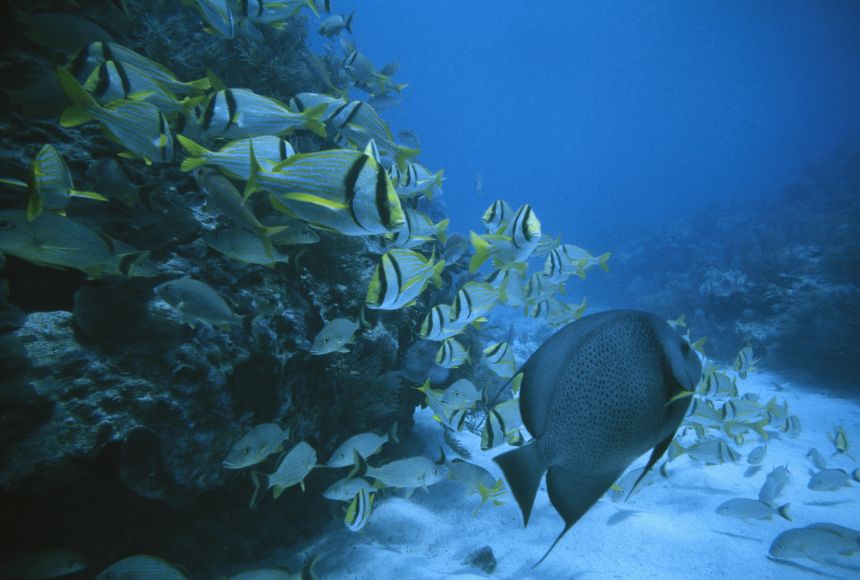
Physical and Chemical Properties of Marine Ecosystems
The physical and chemical properties of marine ecosystems play a crucial role in determining the types of life they can support and the functioning of these complex environments.
- Salinity: The concentration of salts in the water varies among different marine ecosystems, affecting the osmoregulation of marine organisms.
- Temperature: Water temperature influences metabolic rates of organisms and the distribution of species across various depths and regions.
- Light Penetration: The amount of sunlight that penetrates the water affects photosynthesis in marine plants and the depth at which different species can live.
- Water Density and Pressure: Increases with depth, influencing the types of life that can thrive in deep-sea environments.
- Nutrient Availability: Essential for the growth of phytoplankton, which are the base of the marine food web. Nutrient levels can vary greatly, affecting productivity.
- Oxygen Levels: Critical for the survival of most marine organisms, with variations occurring due to temperature, salinity, and depth.
Understanding these properties is essential for studying marine life, managing fisheries, and protecting marine habitats against environmental changes.
Marine Ecosystem Biology Animation
Dive into the depths of the mesmerizing marine world with this captivating video! Explore the vibrant colors, diverse species, and enchanting beauty of our oceans, and be prepared to be spellbound by the wonders that lie beneath the surface.
Marine Ecosystems
Discover the delicate balance of nature in the intricate ecosystems that thrive on our planet. Journey through lush rainforests, vast coral reefs, and sprawling grasslands as this video takes you on a mesmerizing adventure, showcasing the interconnectedness and resilience of our planet\'s ecosystems.
Human Impact on Marine Ecosystems
Human activities have profound impacts on marine ecosystems, affecting their health, biodiversity, and functionality. While some effects are indirect, others are a direct consequence of specific actions.
- Overfishing: Depletes fish populations faster than they can replenish, disrupting food webs and economic livelihoods.
- Pollution: Chemicals, plastics, and other wastes enter the ocean, harming marine life and degrading habitats.
- Climate Change: Causes ocean warming, acidification, and sea level rise, affecting coral reefs, fish distributions, and breeding patterns.
- Habitat Destruction: Coastal development, trawling, and mining damage crucial habitats like coral reefs and mangroves.
- Invasive Species: Introduced species can outcompete native marine life, altering food webs and ecosystem functions.
Addressing these impacts requires global cooperation and sustainable practices to ensure the health and resilience of marine ecosystems for future generations.

Conservation and Protection Efforts
Conservation and protection of marine ecosystems are crucial for maintaining the balance of marine life and ensuring the sustainability of our planet"s oceans. These efforts involve a range of strategies, from establishing marine protected areas (MPAs) to reducing pollution and mitigating climate change impacts. The goal is to preserve the diverse habitats and species that the marine ecosystem supports, which are vital for global biodiversity and human well-being.
- Marine Protected Areas (MPAs): One of the most effective conservation tools, MPAs are designated regions of the ocean where human activities are more strictly regulated than the surrounding waters to conserve the natural and cultural resources within.
- Restoration Projects: Efforts to restore coral reefs, mangroves, and seagrasses that have been damaged by human activities or natural disasters. These projects often involve replanting, removing invasive species, and rehabilitating affected areas.
- Sustainable Fisheries: Implementing sustainable fishing practices to prevent overfishing, bycatch, and destruction of habitat. This includes setting catch limits, using selective gear types, and enforcing marine conservation laws.
- Pollution Reduction: Initiatives to reduce pollution include minimizing plastic waste, controlling oil spills, reducing nutrient runoff from agriculture, and treating sewage before it is discharged into the ocean.
- Climate Change Mitigation: Actions to reduce greenhouse gas emissions and enhance the resilience of marine ecosystems to the impacts of climate change, such as ocean acidification and rising sea temperatures.
- Research and Monitoring: Conducting scientific research and monitoring to improve understanding of marine ecosystems, which informs conservation strategies and measures the effectiveness of protection efforts.
- Community Engagement and Education: Involving local communities in conservation efforts and raising awareness about the importance of marine ecosystems through education and outreach programs.
These efforts require international cooperation, effective governance, and the participation of stakeholders at all levels, from local communities to global organizations. By working together, we can ensure the protection and preservation of marine ecosystems for future generations.
READ MORE:
Challenges Facing Marine Ecosystems: Climate Change and Pollution
Marine ecosystems face significant challenges from climate change and pollution, which threaten their health, biodiversity, and functionality. These challenges not only impact marine life but also the livelihoods and food security of communities worldwide. Addressing these issues requires a comprehensive understanding and concerted global efforts.
- Climate Change: The increasing temperatures of ocean waters, caused by climate change, lead to coral bleaching, the alteration of fish migration patterns, and the melting of polar ice caps. Ocean acidification, a result of CO2 absorption, further endangers marine life, especially organisms with calcium carbonate shells or skeletons, such as corals and some species of plankton.
- Sea Level Rise: As global temperatures rise, the melting of ice caps leads to higher sea levels, which can cause the loss of coastal habitats, increased coastal erosion, and greater saltwater intrusion into freshwater systems, affecting both marine and terrestrial ecosystems.
- Increased Ocean Temperatures: Warmer oceans can disrupt the distribution of marine species and alter food webs. Some species may be forced into new areas, while others could face extinction, leading to decreased biodiversity.
- Pollution: Marine pollution, from sources such as plastic waste, oil spills, and agricultural runoff, poses a severe threat to marine life. Plastics cause entanglement and ingestion issues for marine animals, chemicals from spills and runoff can lead to toxic environments, and excess nutrients contribute to harmful algal blooms.
- Overfishing: Although not directly related to climate change, overfishing exacerbates the stress on marine ecosystems already burdened by environmental changes. It leads to the depletion of key species, altering the balance of marine ecosystems and making them more susceptible to other threats.
- Acidification: The absorption of increased levels of carbon dioxide by the world’s oceans causes ocean acidification, which disrupts the calcification process necessary for coral reefs and shellfish to build their skeletons and shells, respectively.
To combat these challenges, it is essential to implement strategies that reduce greenhouse gas emissions, regulate fishing practices, manage pollution sources, and restore damaged marine habitats. Global cooperation and innovative solutions are vital for the resilience and conservation of marine ecosystems in the face of these unprecedented challenges.


